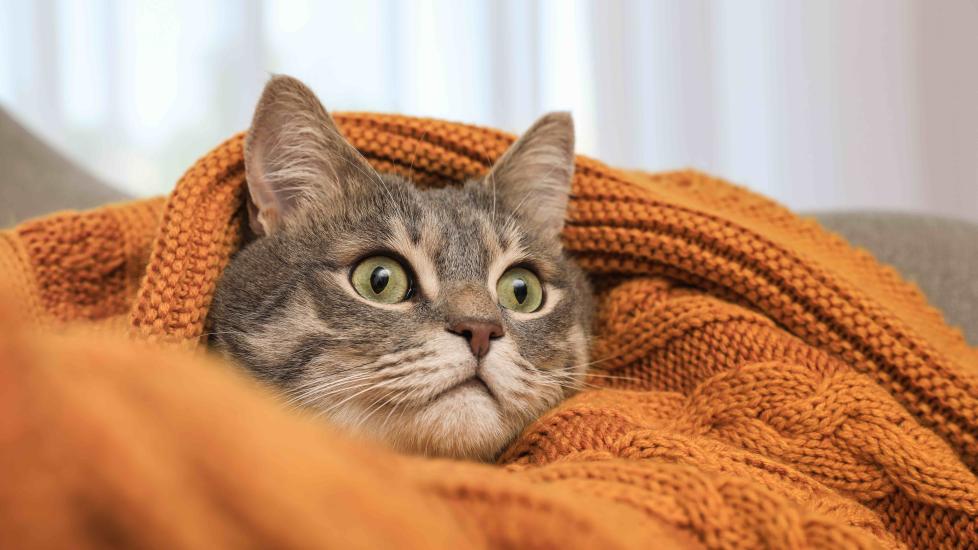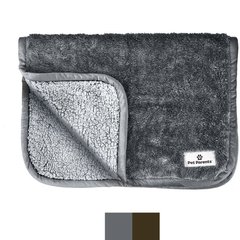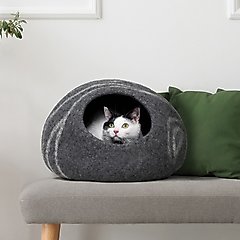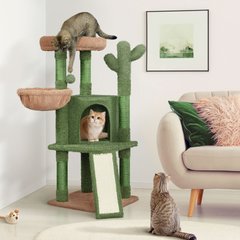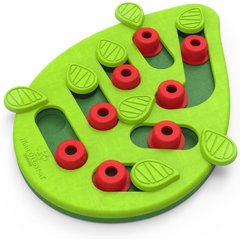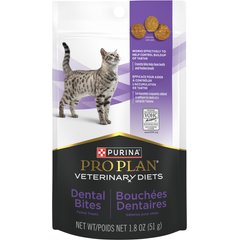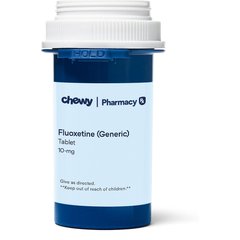Is Your Cat Suckling Blankets as an Adult?
Adobe Stock/New Africa
Cat suckling is a common, generally non-harmful cat behavior that occurs in all breeds and all ages. When cat suckling behaviors occur in adult cats, though, it tends to get more attention and can be viewed as abnormal.
Cat suckling can be directed toward humans (with a cat sucking on fingers or skin) or maybe your cat’s suckling blankets or towels. Cat suckling can happen with anything that vaguely resembles the original suckling target: the mother cat’s mammae (nipples) and surrounding hair.
While it may be a difficult behavior to stop or deter, it’s rarely harmful. Understanding the behavioral components is essential to discerning whether modification is warranted.
Why Do Cats Suckle Into Adulthood?
There are many reasons why a cat suckles on blankets, your clothes, and other items.
1. Suckling Is a Natural Instinct
The instinct to suckle is very strong in young kittens, and they may try to suckle anything soft, warm, and fuzzy—especially if it resembles a mother cat. This behavior can even last into adulthood, with a cat suckling on objects like a blanket, a fuzzy toy, or a piece of clothing (often wool or a similar texture). You can think of it as being similar to human thumb-sucking.
2. Suckling Provides Comfort
If a kitten is very relaxed or comfortable, kneading behavior usually occurs, often followed by suckling behavior. Both are normal and seem to be relaxing for a cat, whether milk is present or not. This is evident in the post-weaning kitten behavior of suckling when no milk is present.
3. Suckling Is a Sign of Stress
If a cat is stressed, she may exhibit obsessive-compulsive behaviors, and that can include suckling. Other signs of stress include over-grooming behaviors, paw-sucking, tail-chewing, or flank-licking.
4. Genetics
Oriental breeds, such as the Siamese, Balinese, Tonkinese, and their crosses, seem to be more prone to adult cat suckling than European or North American breeds.
5. Weaning Experience
Excessive suckling behavior has been linked to early weaning in a number of cases.
Is Cat Suckling a Symptom of a Disease?
The diseases that would be direct causes of adult cat suckling are behavioral disorders. These include a lack of environmental stimulation, various anxiety disorders, and environmental stress or conflict.
There is no known organ-specific disease that cat suckling is related to; however, if it begins spontaneously, it could be a sign of pain (such as dental pain) or other stress, and the cat could be suckling as a coping strategy.
In this case, consult your veterinarian. A full health history, medical exam, and possibly blood work should be done to determine a possible underlying medical cause.
How To Stop a Cat From Suckling
Because it’s a soothing, calming, and instinctual response for the cat, indicating comfort and contentment, it’s probably best to just accept cat suckling as a normal cat behavior.
However, if your cat’s sucking is causing excessive stress to you or is leading to ingestion of foreign material (pica) resulting in excessive vomiting or gastric upset, try to redirect the behavior. For example, give your cat a designated blanket they are allowed to suck on so they leave your clothing and pillows alone.
How To Make Sure Your Cat’s Needs Are Being Met
If your cat’s suckling is due to stress, there are a few actions you can take to soothe them and reduce the sucking behavior.
1. Give Your Cat Items They Need
Make sure to meet the environmental needs of your cat—always! Virtually every stress-related behavior in cats can be attributed to a lack of proper resources.
Separate eating, elimination, and sleeping areas are important to a cat’s sense of well-being. Providing both hiding spaces (like covered beds) and vertical escape areas (like cat trees) as well as making sure there are adequate, separate resources for each cat in a multiple-cat household, are vital to preventing most behavioral disorders in cats.
2. Minimize Stress
If cat suckling seems to be caused by stress, try to eliminate or minimize stressors by using a synthetic pheromone, like a Feliway® plug-in diffuser, or by giving your cat extra attention and playtime.
3. Give Your Cat Something to Suckle Safely
Provide access to something that satisfies their suckling urge but won’t harm them. Long strands of wool or other linear material can be problematic and should be avoided. Keep shaggy blankets, sweaters, or other articles of clothing out of their reach. If the cat's desired object is a piece of furniture, isolate her from that room.
4. Prioritize Mental Stimulation
Provide your cat with mental stimulation. Boredom can be a part of the suckling, so try playing, exercising, using puzzle toys, or offering cat treats to redirect the behavior and satisfy some of their other natural predation urges. If your cat doesn’t have another cat in the household to play with, consider adopting them a friend.
5. Talk to Your Vet About Medication
As a last resort, veterinary medications can be considered. Medication can be used if the suckling behavior is excessive and destructive or is caused by stress for which no cause or relief can be found.
Antidepressants, such as clomipramine (Clomicalm®) and fluoxetine (Prozac®) have proven effective. Cat anxiety medication, such as buspirone (BuSpar) or gabapentin may work as well. Your veterinarian is the only person qualified to determine if a course of drugs should be used and how.
Cats are complex social creatures. After screening carefully for underlying stressors and taking precautions to limit access to materials that could be harmful if ingested, we may just need to accept suckling in certain adult cats as a unique, harmless behavior.
